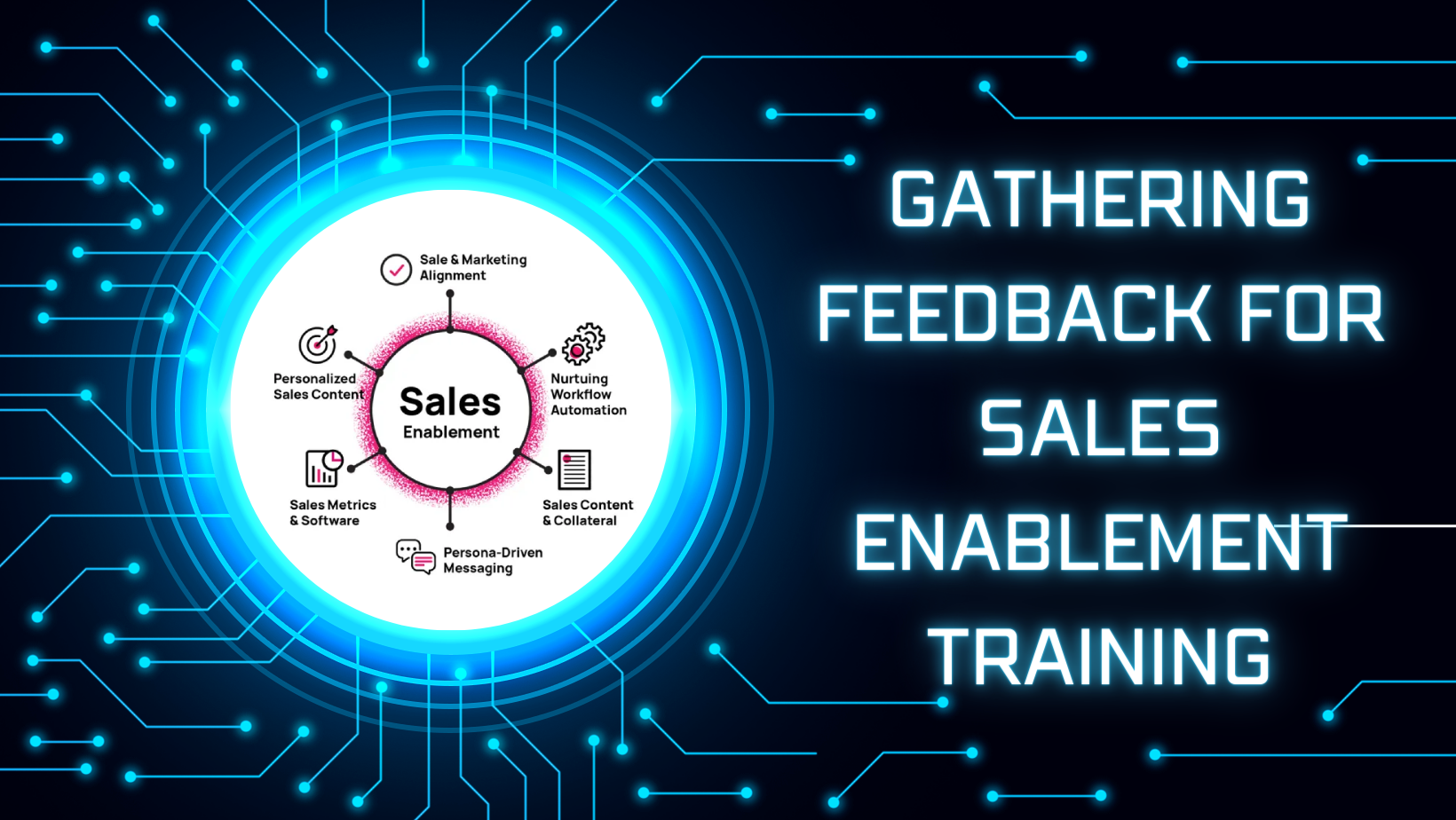Collecting feedback is an ideal way to kick-start sales enablement training. Start by setting your revenue goals and sales enablement KPIs.
Next, create personas to better understand your buyers’ behaviors and needs. These profiles allow you to target leads with pertinent content while improving customer journeys.
1. Technology
An effective sales enablement technology is critical to any business. It ensures your team has access to the resources necessary for success, while all sales enablement materials can be stored conveniently in one location – helping your salespeople save time searching for content or training materials, while making it easier for them to locate what they need when needed.
Sales enablement provides your team with an important tool for better comprehending the value of your products and services. A library of customer case studies and product demos may prove especially helpful in this respect, showing how your solution addresses specific pain points or goals. By having this knowledge at their fingertips, your sales force will feel more confident talking about its benefits, leading to more sales opportunities overall.
Before embarking on your sales enablement strategy, it is crucial that you establish a clear vision of success for your business. This will allow you to set achievable goals and set actionable metrics tied to revenue targets that your team can easily meet.
2. Content
An effective sales enablement strategy provides your team with a plan to help them target their audience more efficiently and close more deals. It outlines all of the resources, content and tools required to convert leads and customers.
A solid sales strategy should consist of providing salespeople with training materials such as e-books, conversation and product guides and other training aids that they can use when engaging buyers throughout their buying journey. Furthermore, this plan should contain best practices and research studies they can use as guides in their own work.
Sales and marketing teams should collaborate to ensure that the content shared between themselves and with customers remains current. This requires constant dialogue and feedback loops which allow marketing and sales departments to adapt their resources in response to shifting buyer requirements.
Gaining clarity around what your business requires from its sales enablement program is vital to its success. A comprehensive plan that links goals directly with revenue targets will make it simpler for all members of the organization to support this endeavor.
3. Assessment
Ongoing evaluation of sales enablement programs is vitally important. This allows your team to assess whether you’re meeting revenue goals and identify what steps need to be taken to meet those targets.
Additionally, sales enablement platforms allow teams to gather invaluable feedback from sales reps who utilize them – information which will allow them to improve training programs for sales enablement training and ultimately enhance customer experiences.
If a team finds that salespeople are spending too much time on administrative tasks, creating more engaging content may help them spend more time selling activities – which should allow them to meet their quotas more rapidly.
Additionally, sales enablement teams can help strengthen communication between marketing and sales teams by aligning content and campaigns with sales processes for more effective lead generation and superior customer experiences. This effort could have an immense impact on business revenues.
4. Coaching
Successful sales enablement teams don’t just provide sales training materials; they also coach commercial teams. This may take the form of one-on-one accountability check-ins covering tactical or account activity or longer, more comprehensive sessions focused on specific behaviors.
Key to this process is helping salespeople understand how the materials and resources they’re using contribute to achieving revenue goals. For instance, sales reps can be advised on how best to utilize marketing’s latest sales playbooks for improving interactions with potential customers.
Sales enablement teams are also accountable for monitoring sales team performance and identifying areas in which knowledge or skills gaps exist, using this information to develop a guiding vision and actionable goals that align with revenue targets. When the entire organization participates in sales enablement processes, making changes that have positive ramifications on revenue is much simpler; that is why sales enablement, sales operations, and marketing should collaborate when brainstorming, testing, and selecting technology solutions to drive business results.
5. Feedback
Feedback gained during sales enablement training can greatly assist a sales team’s performance by highlighting any areas for improvement that need addressing; for instance, if salespeople are spending too much time performing administrative duties instead of engaging with customers directly then this issue can be resolved through creating a new sales enablement strategy.
Ensuring effective sales enablement strategies is no small undertaking, yet essential for businesses looking to meet and surpass revenue targets. According to HubSpot’s 2021 Sales Enablement Report, 65% of sales leaders who outshone their targets had someone or team dedicated to sales enablement.
Sales enablement professionals typically possess backgrounds in sales, marketing, or business and are responsible for strengthening relationships between marketing and sales teams while providing content for sales reps. Furthermore, these individuals create buyer persona profiles including information such as job description, goals, challenges, pain points and more that will inform their organization’s sales enablement strategy.

